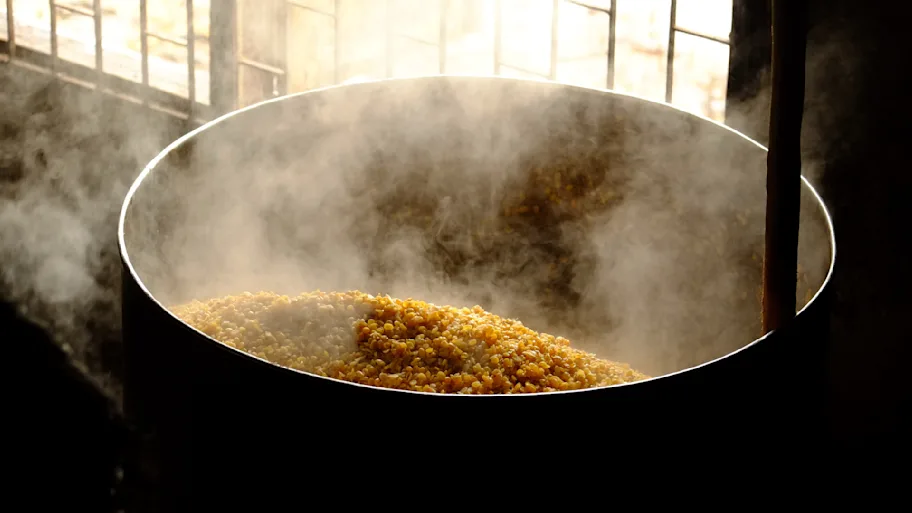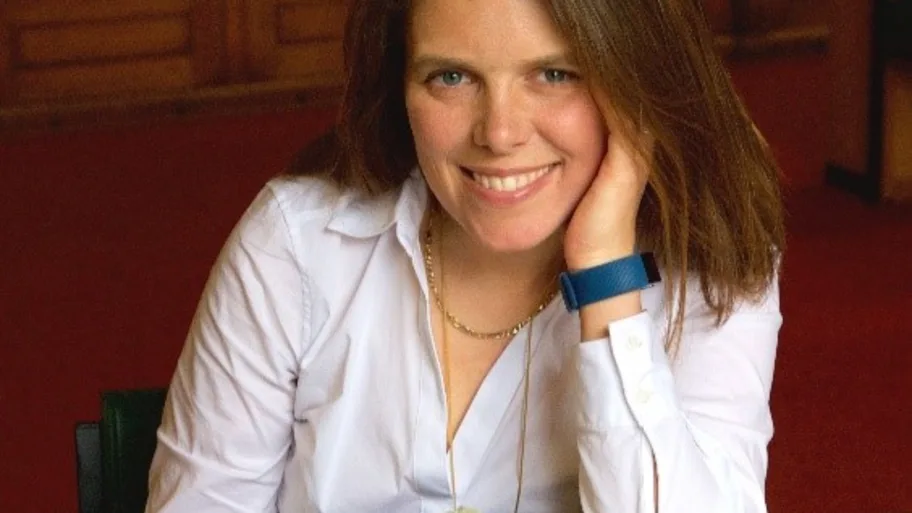
- Science news
- Environment
- ‘The Maya had, and continue to have, a creative impact on forest composition’ – Dr Anabel Ford
‘The Maya had, and continue to have, a creative impact on forest composition’ – Dr Anabel Ford

In our Frontier Scientists series, we talk to Dr Anabel Ford, a leading researcher on the ancient Maya, about her career and research interests. Ford recently published a study in Frontiers in Ecology and Evolution in which she stressed the importance of the traditional milpa land use system for the Maya civilization, not only in the Classical Period, but also today.
Dr Anabel Ford is a US archeologist who specializes in the ancient Maya of Central America. In 1983, she led the team that encountered the ancient Maya city of El Pilar in Belize. Ford is a faculty member of the Institute of Social Behavioral and Economic Research at the University of California Santa Barbara and the director of the MesoAmerican Research Center at the same university. She is an expert on the still-flourishing forest gardens of the Maya region, built up over several millennia of traditional land use by the Maya people.
Recently she published the study, “Scrutinizing the paleoecological record of the Maya forest” in Frontiers in Ecology and Evolution. In the paper, she focuses on the traditional milpa-forest garden cycle, where maize, beans, squashes, tomatoes, and many others are grown together on home gardens and outfields for four years, after which they are allowed to regenerate over 16 years back to a forest canopy. Dr H Garrison Wilkes from the University of Massachusetts in Boston, has called the milpa system “one of the most successful human inventions ever created.”

In her latest study, Ford stressed the sustainability and resilience of the milpa system and its continuity in existence over 4,000 years, from the Preclassic Period through the Classical and Postclassic Periods and the Spanish conquest, right to the present day. She argues strongly that existing data do not support the common assumption that a human-induced environmental disaster led to the complete collapse of the Maya civilization. Rather, she argued, “the forest, with its diverse species has persisted and is comparable to what is was in the past”.
Download original article (pdf)
Here, we ask Ford about her background, her research career, and her research focus.
What inspired you to become a researcher?
Born in the US, we lived and traveled in Europe and the Middle East. Euro-American education was focused on the development of civilization from a Eurocentric and ecological imperialist position. I wanted to understand the Americas, with an intent to see the hemisphere from the Arctic Circle to Tierra del Fuego. Captured by the Maya area, I have learned that the land use and development of the Americas is a counterpoint to the European view.
Can you tell us about the research you’re currently working on?
I am leading a project at the binational reserve of El Pilar in Belize and Guatemala that is an archaeological and natural resource survey of the ancient Maya remains with the objective of investigating the land use and development of the Maya civilization. This is where we celebrate 'Archaeology Under the Canopy'.
In your opinion, why is your research important?
We are exploring age-old solutions [for land use]. In fact, the ancient Maya grew and developed in the tropical forest, conserving the landscape and maintaining cultural prosperity. The principles of this success are a key to the future development of the tropics worldwide.
Are there any common misconceptions about this area of research? How would you address them?
The received wisdom is that the Maya overpopulated the region and with their need for food, deforested the landscape and disappeared. This is inconsistent with the fact that the forest is present and was so also at the time of the brutal Spanish conquest 500 years ago. This same forest is still made up of important economic trees, of which the 20 dominant trees are all useful. This would not be the case if the Maya had destroyed the forest. It is incumbent upon the scientists and scholars to move from inconsistent assumptions and test alternative hypotheses.
‘The principles of [the Mayas'] success are a key to the future development of the tropics worldwide.’
Dr Anabel Ford
What are some of the areas of research you’d like to see tackled in the years ahead?
Collaborative research looking at ancient Maya settlement patterns, topography, hydrology, soil qualities, economic botany, pollen distributions, paleoecology, agricultural potentials, animal distributions and habitats, natural resource uses, as inputs into geographic modeling across space and over time.
If you have recently published your research with Frontiers and believe you have a story to tell, then you might feature as part of our new Frontier Scientists series! Send an email with the subject line ‘Frontier Scientists’ and your name to press@frontiersin.org , as well as details on what your most recent research was about.
REPUBLISHING GUIDELINES: Open access and sharing research is part of Frontiers’ mission. Unless otherwise noted, you can republish articles posted in the Frontiers news site — as long as you include a link back to the original research. Selling the articles is not allowed.






